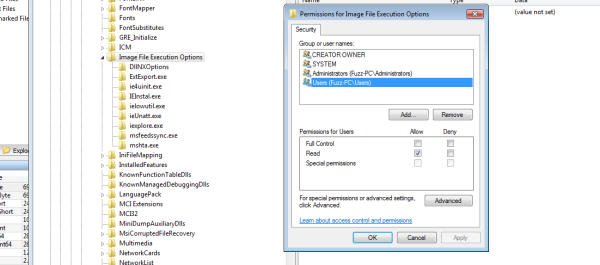The Cybellum team published a new 0-day technique for injecting code and maintaining persistency on a target computer, baptized DoubleAgent. This technique uses a feature that all Windows versions since XP provide, that allows for an Application Verifier Provider DLL to be installed for any executable. The verifier-provider DLL is just a DLL that is loaded into the process and is supposedly responsible for performing run-time verifications for the application. However, its internal behaviour can be whatever an attacker wants, since he can provide the DLL himself.
Microsoft describes it as:
Application Verifier is a runtime verification tool for unmanaged code. Application Verifier assists developers in quickly finding subtle programming errors that can be extremely difficult to identify with normal application testing. Using Application Verifier in Visual Studio makes it easier to create reliable applications by identifying errors caused by heap corruption, incorrect handle and critical section usage. (…)
The code injection occurs extremely early during the victim’s process initialization, giving the attacker full control over the process and no way for the process to actually detect what’s going on. Once a DLL has been registered as a verifier provider DLL for a process, it would permanently be injected by the Windows Loader into the process every time the process starts, even after reboots, updates, reinstalls, or patches.
So it’s all over for Windows right? Well… no. The thing is, to register this DLL, the registered process has to have administrator rights so it can write the proper key to the Windows Registry. Without these permissions, there is no way for this attack to work. You know, the kind of permissions that allow you to install software for all users or format your own hard-drive. So, although this technique has its merit and can present challenges to processes that absolutely must maintain their integrity (such as the Cybellum team points out in the Anti-Virus software case), some other security flaw had to occur first so you can register this sort of ‘debugging DLL’.
If you already have administrator permissions you can do pretty much what you want, including DLL injection to fool anti-virus software. (Though it might be easy just to disable or remove it.) This new tool has the advantage of being stealthy, but is a 0-day that requires root a 0-day?
[via The Hacker News]










